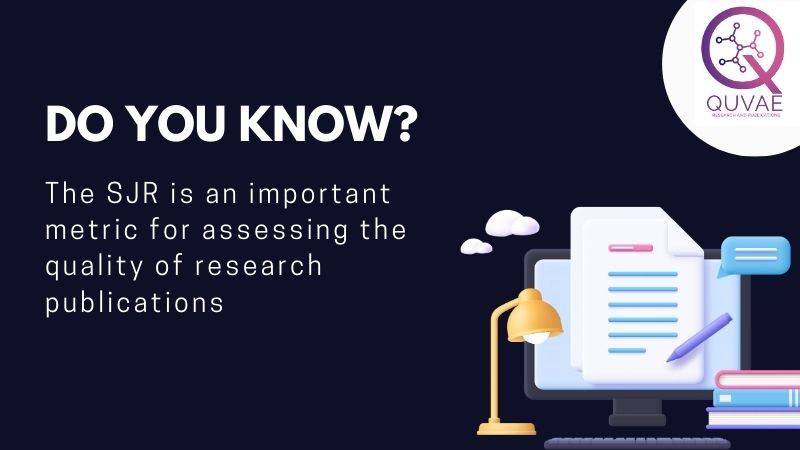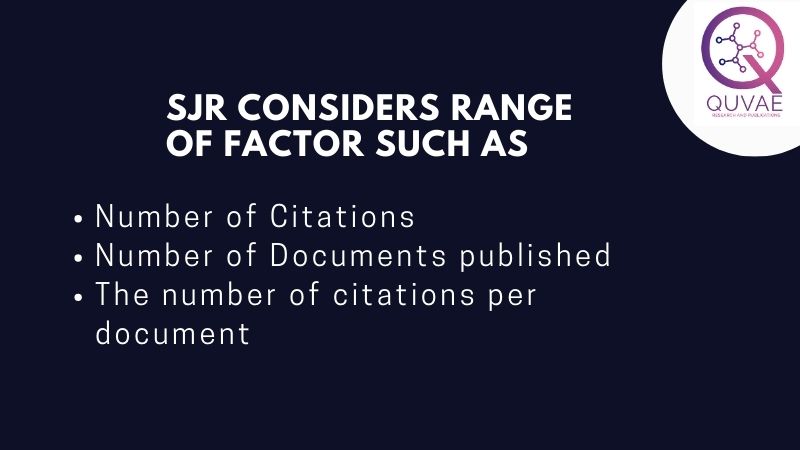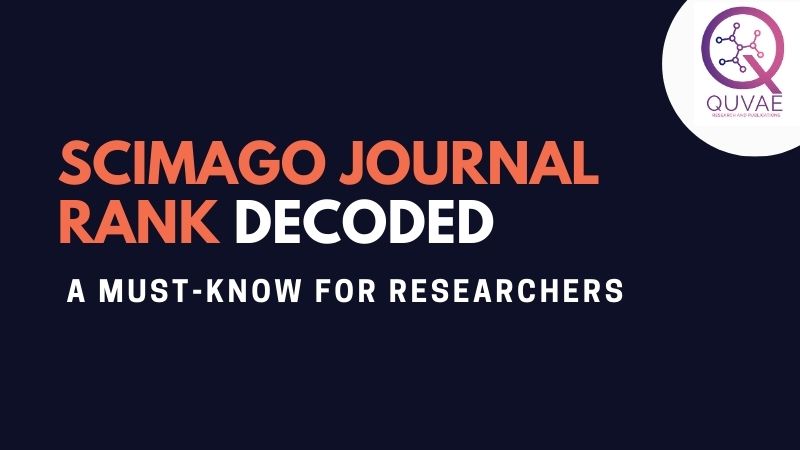The Scimago Journal Rank (SJR) is a measure of a journal’s impact used to assess the quality of a publication and its academic integrity. It is based on a citation analysis of documents indexed in Scopus, a large abstract and citation database of academic literature. SJR considers the number of citations received by a journal, the importance of the journal, and the reputation of the journal.
SJR is used to compare the relative impact of journals in a wide range of disciplines and to identify the best journals in a particular field. It is also used to assess the quality and performance of a journal in comparison with its peers. SJR is a more reliable indicator of journal quality than traditional methods such as the impact factor and citation counts.

SJR is an important tool for researchers, authors, and institutions to evaluate the quality of academic publications. It helps researchers identify the best journals in their field and ensures that the journals they submit meet the highest standards of quality and integrity. Furthermore, it provides an objective way to compare different journals and helps ensure that they are assessed fairly and accurately.
The SJR is an important metric for assessing the quality of research publications. It is used by many universities, research institutions, and funding agencies to assess the impact of research and provide a basis for selecting the best for further research funding and recognition. The SJR considers a range of factors, such as the number of citations, the number of documents published, the number of citations per document, and the journal’s h-index. These factors were used to produce an overall score that reflected the relative importance of a journal within its subject field.

This score can provide an indication of the potential impact of a journal’s publications as well as the quality of the journal’s editorial standards. Scimago journal rank is an important tool for universities and other research institutions when assessing the quality of research publications. It can provide an indication of the potential impact of a journal’s publications as well as an indication of the quality of the journal’s editorial standards. This can be used to assess the potential impact of university research worldwide.

